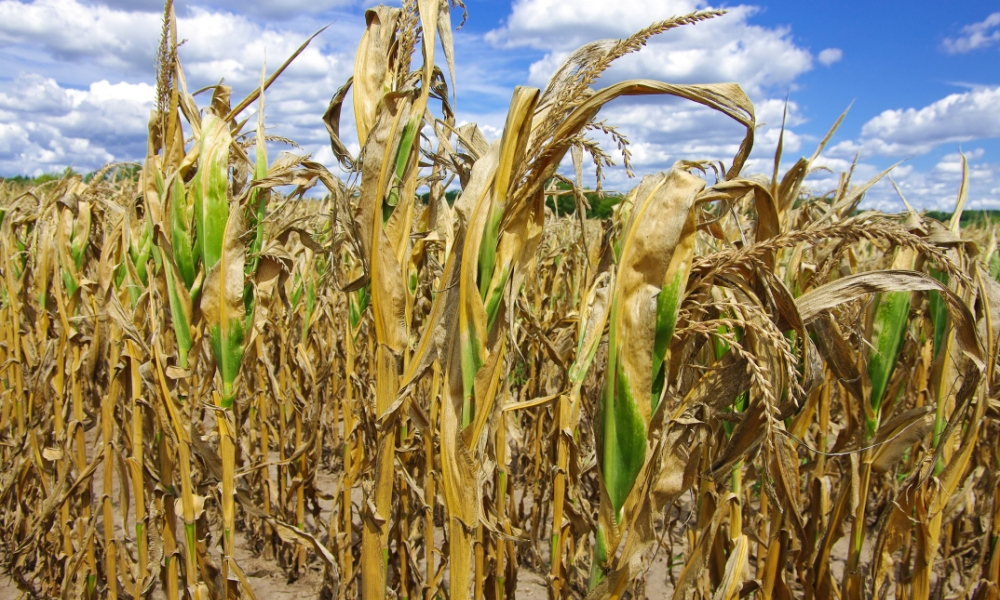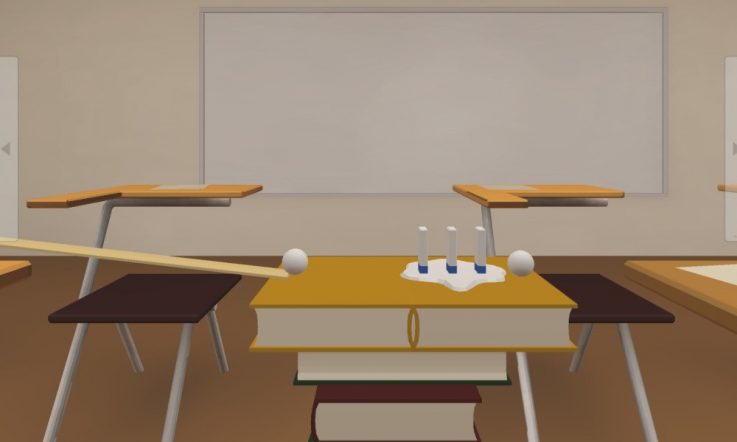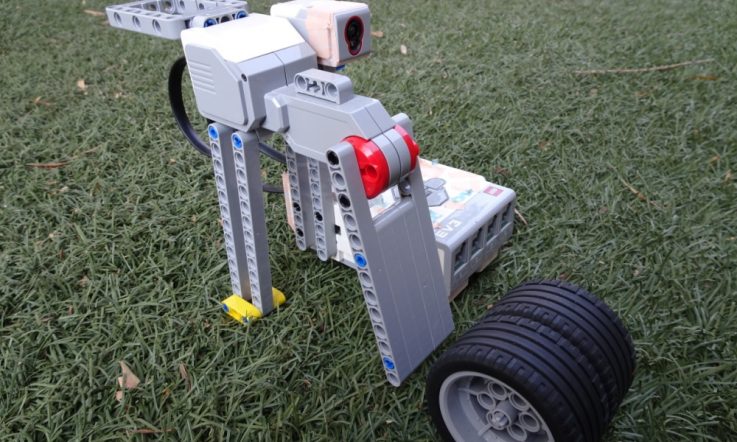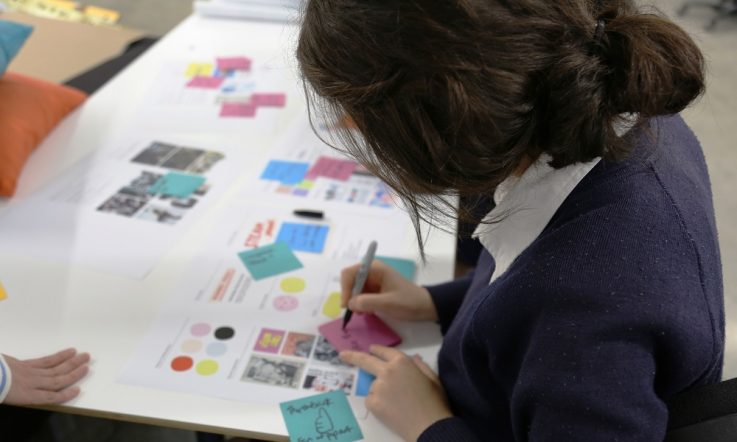In 2017, Parklands Christian College in Brisbane launched a new elective for Year 10s called STEM Studies. Kristie Schulz – Lead Teacher of Mathematics and Science – got in touch with the editorial team to share the school's story and plans for the future with readers. In this first instalment of a three-part series, Schulz explains how the journey began.
STEM (science, technology, engineering, mathematics) at Parklands Christian College is not your typical STEM class. There are no robotics labs, we aren't flying drones and we definitely aren't coding apps. Whilst these are all valuable ventures, and we cheer on schools using these technologies, the school leadership, staff and community has made STEM at PCC something distinct and characteristic to our context.
In 2017, as a joint venture between the Mathematics and Science department and the Design and Construction department, a new and innovative subject called STEM Studies was launched. This Year 10 elective class is a transdisciplinary and applied approach to STEM using curriculum space and scheduled class times.
Students are encouraged to think critically about the world around them and use the STEM Process (an amalgamation of the scientific method and the design process) to define and address issues within wicked problems. A wicked problem can be defined as a problem that is ‘highly resistant to a resolution', requiring high order thinking capable of understanding the big picture, including interrelationships and the full range of causal factors underlying them (Australian Public Service Commission, 2012). They do not have straightforward solutions and generally cannot be solved, but rather tamed. An example would be global warming.
At PCC, the purpose of STEM Studies is to use problem-based learning techniques to develop both higher-order thinking skills and 21st Century skills (Queensland Curriculum and Assessment Authority, 2015).
The start of the journey
In 2014 and 2015 I attended a range of professional development opportunities and could not help but resent the constant mention of STEM. It got to the point that I was feeling guilty for not having a long-term plan in place, and I was determined to do something about it.
I started by reading everything I could get my hands on about what STEM is and how to do it at my school, in my context. To my frustration, everything seemed to fall into one of two extreme categories: a lunchtime club or significantly changing the way a school approaches curriculum time allocations, based on research that seemed to be superseded with every new Google Scholar search.
My ideological journey culminated in 2016 when my Lead Teacher of Design and Construction colleague, Zac Cunningham, and I attended the Australian Council for Educational Research (ACER) Research Conference, titled ‘Improving STEM Learning: What Will It Take?'. The conference highlighted three main points around STEM education: firstly, there is a common global issue of the need for more young people to choose to study STEM subjects and move into STEM-related careers in the future; secondly, there is very limited implementation advice available for anything beyond the extremes of small projects and school-wide transformation; and, lastly, that the idea of STEM is firmly rooted in the development of 21st Century skills. The take-home message that resonated with me was: give something a go, see what happens and add to the body of knowledge surrounding implementation advice. So, here we are!
The research
PCC's STEM Studies elective was designed in response to the extensive research into the need for STEM classes and graduates from the Australian education system.
We worked backwards, starting with the skills we wanted to see the students develop. The Melbourne Declaration on Educational Goals for Young Australians (Ministerial Council on Education, Employment, Training and Youth Affairs, 2008) recognises that schooling should support the development of critical thinking and problem-solving skills in cross-disciplinary environments. Skills such as literacy and numeracy are given the same weighting as other skills such as planning and organising, thinking, teamwork, communication and creativity.
Development of this specific set of skills is the objective, stated in the opening paragraph, at the very core of the National STEM School Education Strategy 2016-2026, released by the Education Council (2015).
Furthermore, federal and state governments are committed to investing in STEM education across Australia through a range of grants and strategies, with the aim of lifting both student engagement and attainment in STEM, leading to improved outcomes across national priorities such as industry and technical fields. A renewed focus on STEM education in schools is critical to ensuring that all young Australians are equipped with the necessary STEM skills and knowledge they will need to succeed.
Using these key documents as a backbone in our planning at PCC, it seemed that a robotics club was not enough for us.
Stay tuned: In the next two articles, Kristie Schulz will be talking about the design and implementation of the elective, how students are assessed, some of the highlights and challenges of the process, and future plans for development.
References
Australian Public Service Commission (2012). Tackling Wicked Problems: A Public Policy Perspective. Retried from http://www.apsc.gov.au/publications-and-media/archive/publications-archive/tackling-wicked-problems
Education Council (2015). National STEM school education strategy. Retrieved from https://www.education.gov.au/national-stem-school-education-strategy-2016-2026
Ministerial Council on Education, Employment, Training and Youth Affairs. (2008). Melbourne Declaration on Educational Goals for Young Australians.
Queensland Curriculum and Assessment Authority. (2015). 21st century skills for senior education: An analysis of educational trends. Retrieved from: https://www.qcaa.qld.edu.au/downloads/publications/paper_snr_21c_skills.pdf
In what ways is your school engaging students in STEM subjects?
How are you helping students develop skills such as creativity and critical thinking?



